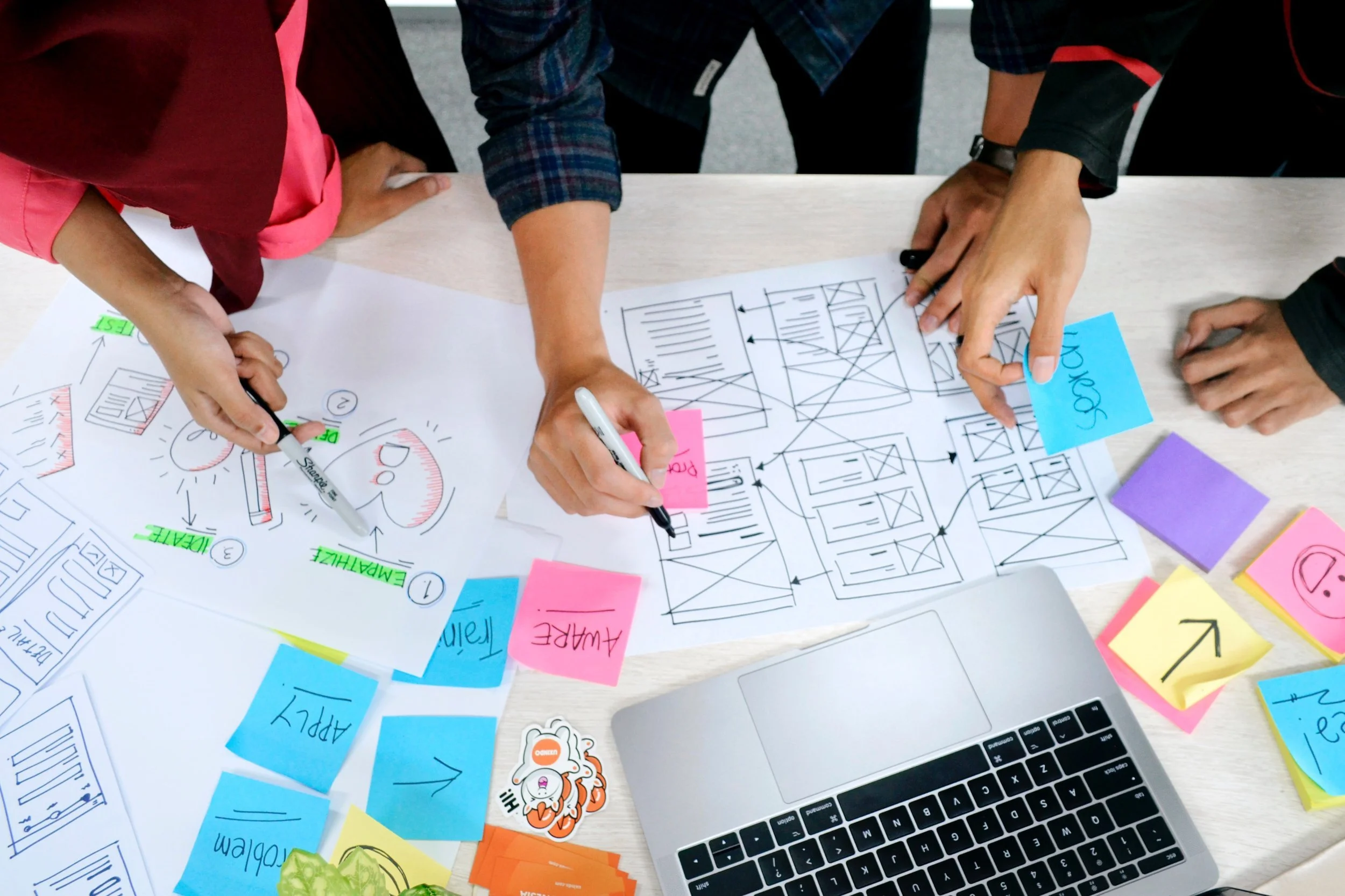Human-Centered Design
How WOTW takes this buzzy concept beyond the well-designed web page.
Human-Centered Design. That’s the latest buzzy word floating around the design world, and there’s a lot of fancy conversation about what this means.
By definition, Human-Centered Design means putting people at the center of your design and implementation processes. You’re digging into the wants, needs, behaviors and constraints of your audience and putting them first. On a scientific level, Human-Centered Design involves quantitative and qualitative research, ethnography, prototyping and more.
This is hardly revolutionary to WOTW — it’s what we’ve been doing since day one. Human-Centered Design is built completely into our process. Only for us, it’s on a personal level rather than at an analytic distance.
But let’s back up. When it comes to web design agencies, there’s a wide spectrum. On one end, you have those who don’t necessarily care about the user experience as long as it looks cool. On the other, you have those who don’t care how it looks, as long as it checks all the boxes that user research says.
With all things WOTW, we strive for balance between the two approaches, and to do that, we look at a website holistically and broadly. How do real people use and understand the website we’re building for them? We put ourselves in their shoes: I’m a person, coming to this site for [insert purpose here]. What does that look like?
We do this organically through our process. From our Discovery Survey to constant communication and daily check-ins with clients, we’re consistently digging into their wants and needs. How do they want to reflect their business? How do they want their clients to approach the site and use it? Humans aren’t at the center of our approach on a scientific level. They’re at the center of our approach on a day-to-day level, as we listen closely to our clients while considering their audience at every turn.
But we don’t just use this approach for websites. We use the idea of Human-Centered Design to internally evaluate our process, too. We think about every step from a client point of view: how do they experience sending a project request? What’s it like to book our team, or work with the Project Manager? How do they receive and use the information we send them? We’re always examining how our clients experience WOTW, and what we can change for the better.
We bring that Human-Centered Design mindset to our client process easily, because we’re doing it for ourselves and our team all of the time.
As one NBA executive put it so eloquently: Trust the process. For WOTW, our product is our process, and the outcome of that process is a website. When that experience puts people at the forefront, it creates a better experience for our clients and team members. Ultimately, that means a better product, and more beautiful, user-friendly websites are launched into the world.
— Kelsey Gilbert-Kreiling, founder/lead developer

